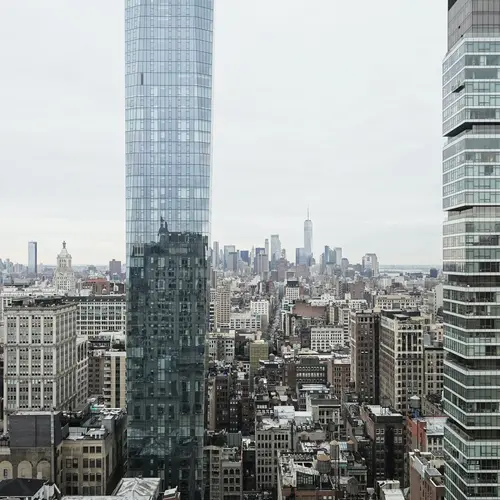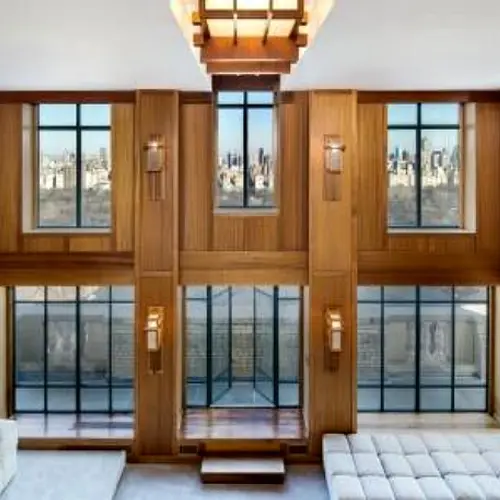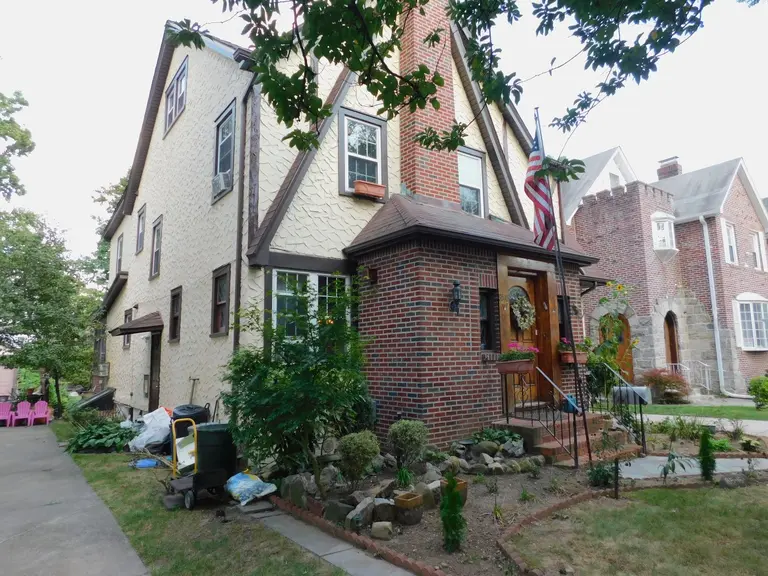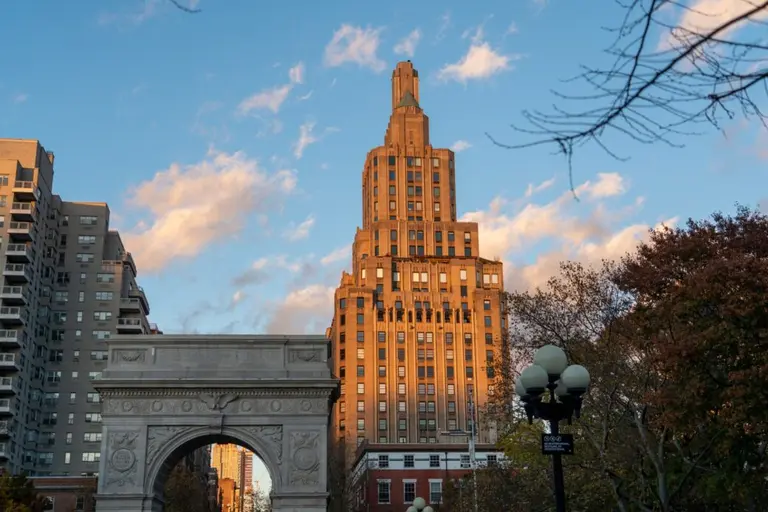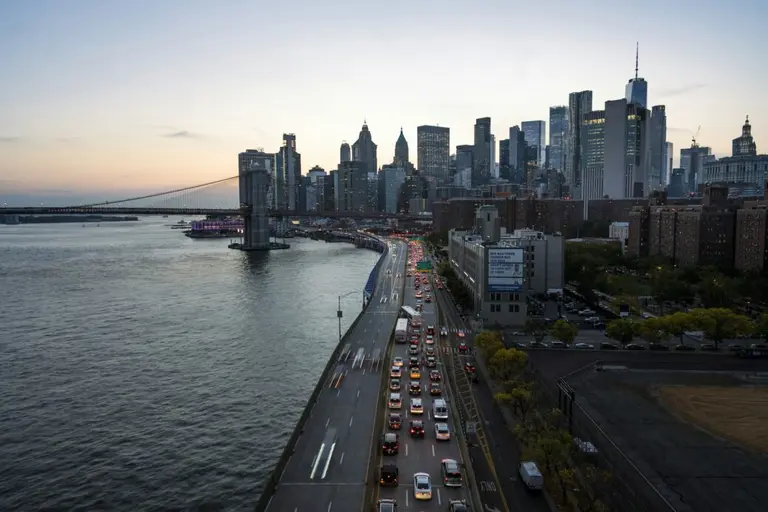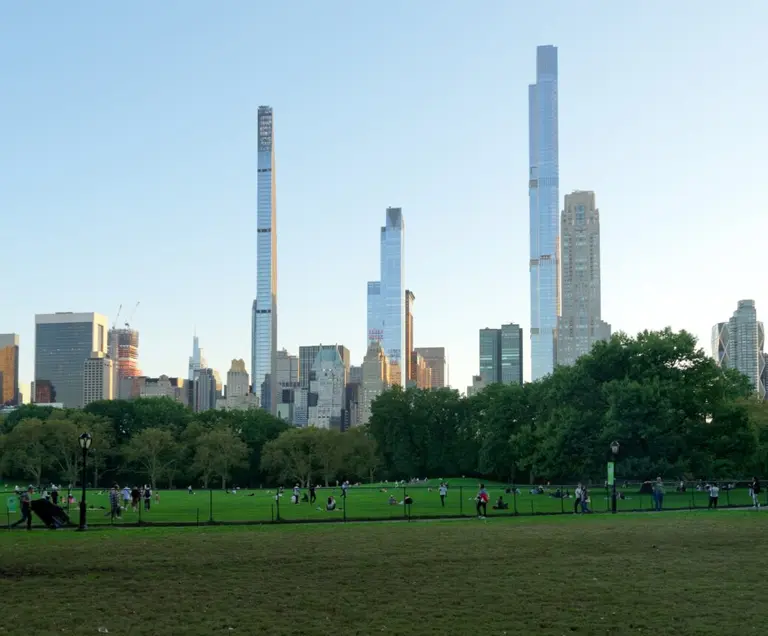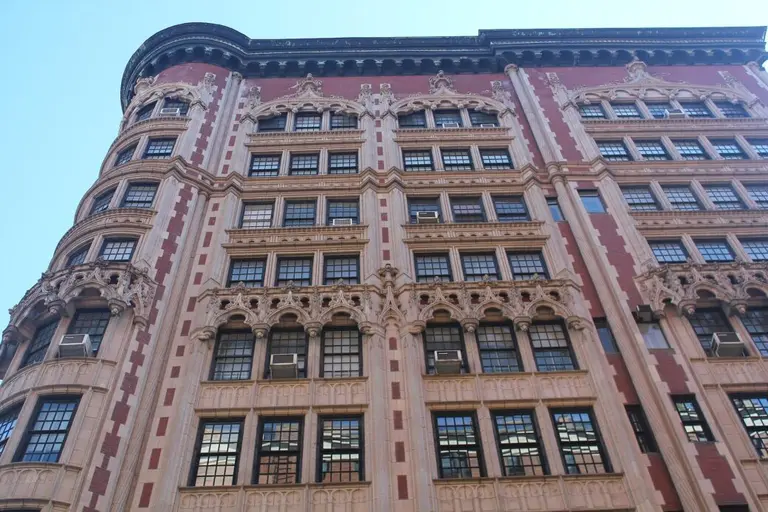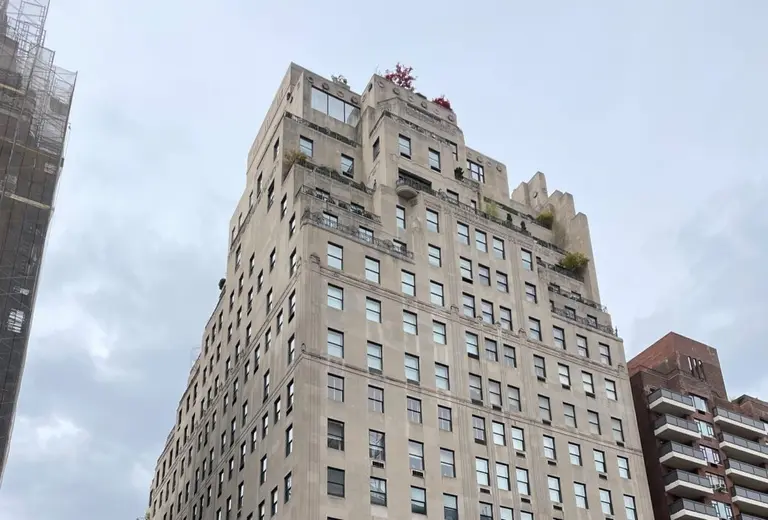What will the summer real estate market look like in NYC this year?

Photo by Hiroshige Fukuhara on Unsplash
When the coronavirus first came barreling down on New York City in March, we asked some of the city’s top brokers and agents how they thought the crisis would affect the real estate market. At that time, the big factor was uncertainty, but we now know more about the virus and the trajectory that New York’s reopening is on. So what will the summer, typically the height of the market, look like this year? 6sqft spoke to real estate experts across the board to get their predictions on what’s ahead, from which price points will be most affected to what amenities buyers are looking for to trends in the surrounding suburbs.
It could be a slower summer
It’s easy to look at things on the surface and assume the market will be slow this summer. But as Garrett Derderian, founder and CEO of GS Data Services, explains, it’s a bit more complicated than that. “Since the mandated ‘stay-at-home’ order was enacted, there was a steep decline in new contracts, and fewer homes listed on the market. Many homes that were previously listed have also been taken offline, as the pool of buyers has shrunk considerably.” However, he doesn’t expect a significant loss of value in long-term prices. “Prices in New York have been in a general decline for the last two and a half years and were flattening at the start of the year. This is a key differentiator from the prior downturns in 2001 and 2008 when home values were at record highs for the time. Unlike the great recession, the current black swan event is a health emergency turned economic crisis. Housing is a casualty, not the cause. Still, active buyers may be able to negotiate better deals in the current environment should a seller need to move.”
To put this into concrete numbers, Garrett reports: “Since the start of Q2 through May 18, the number of contracts signed in Manhattan is down 82% year-over-year. The median contract price is down 13% to $990,000. In Brooklyn, the number of contracts signed is down 76%, while the median price is down 9% to $869,172. The percentage decline in sales will grow as the quarter progresses and would-be buyers are unable to view homes in-person. The drop in median price is largely a reflection of the price points that are trading, not the value of individual homes. Buyers in the prime and super-prime markets often are more hesitant in times of uncertainty, resulting in fewer transactions.”
However, as Elegran states in their April market update, “the true effect of this crisis on prices will not be known for 3-6 months when the deals negotiated today begin to close and hit the public record.”
It will start getting back to business as usual
As Governor Cuomo recently said, “cabin fever” is a second epidemic. And for those New Yorkers who absolutely can’t take their apartments anymore, this summer is going to be their first chance to change it up. “A lot of people we’ve talked to are ready for change, and for something different, which is what we expected. These people have been in their homes for two-and-a-half months, they’re figuring out exactly what they do and do not like, and are ready for some new walls to be looking at,” said Andrew Barrocas, CEO of MNS.
And then there are those who were supposed to move in March, April, or May (the spring is typically the busiest time for real estate in NYC) but either couldn’t or were too nervous. This has resulted in a lot of people just waiting to pull the trigger. Eric Benaim, CEO of Modern Spaces, notes that his own firm has done a couple of thousand virtual tours during this time. “There is so much pent-up demand to buy and spend that I feel like the market will balance out… Mortgage rates are at an all-time low and a huge supply of resale listings will likely begin hitting the market as buyers who have been holding out during the pandemic decide to move forward with selling.”
Lisa K. Lippman of Brown Harris Stevens expects to see “increased negotiability and properties trading at lower prices” four to eight weeks after physical businesses begin reopening. “This will be primarily attributed to properties that were listed for some time prior to the pandemic and sellers who had been carrying two properties and can no longer afford to do so,” she explains.
Javier Lattanzio, director of sales and rentals at Time Equities, thinks things depend on schools. “In the event schools open in September, we’ll have a rush for sales and rentals throughout the city.” And since it seems the city isn’t likely to make this announcement just yet, he thinks this rush will likely come later. “Prices on the sales side during the summer will remain the same, no one is doing any adjustments at this time. If anything, end-of-Summer is when, if any, adjustments will happen.” To this point, Barbara Fox of Fox Residential doesn’t expect families with young children to take them out of school and leave the city. “I don’t think it’s going to be a huge shift out of New York,” she says. Fox adds that the hospital system in New York is still going to remain a desirable asset for people remaining close.
Things will pick up, but not at all price points
Many of the agents whom we spoke to feel that the high-end market will be slower to come back. “The ‘luxury’ market will be much slower to recover since summer is typically our slowest season and that seasonal slowness will be exacerbated by the fact that so many of those buyers left the city in March and April and have no plans to return until after Labor Day, possibly longer,” said Cathy Taub of Sotheby’s International Realty and founding co-chairperson of NYRAC.
However, agents see a lot of promise in the mid-market. “If we open for showings in late June/July, the sub-$2 million market will be active, a result of extremely low interest rates and buying opportunities. Those are mostly millennial buyers who are committed to urban living for the long term,” said Taub.
Common founder and CEO Brad Hargreaves makes the point that affordability is key. “While wealthier people may stay in the suburbs, the vast majority of those who left cities when the pandemic began will head back this summer as their cities reopen. Blue-collar and junior white-collar workers will all need places to live close to where they work, in addition to the essential workers that never left in the first place. The renter demand will be for affordable places to live, not luxury apartments with social distancing measures built in. The renters who can afford that product are likely not going to come back to urban areas at all. Many developers are saying ‘How can we build for social distancing?’ but what they really should be asking is ‘How can we build for affordability?'”
Or will luxury buyers be undeterred?
New York City real estate has long been considered one of the safest places to invest, and for those with the means to do so at a high level, they may be undeterred. Jacqueline Urgo, President at The Marketing Directors, said she doesn’t foresee this changing. “The city is alluring to both homebuyers and investors, and we expect this sentiment will continue to stand the test of time. Now is a good time to invest in new residential development, particularly in New York, which can certainly be viewed as a buyer’s market.”
Virtual tours will still matter
Jared Antin, director of sales at Elegran, believes the new norm of virtual tours will continue to be a key factor. “Once restrictions start to ease, in-person showings will likely resume, though virtual showings may be used as an initial pass, and buyers will need to be well-vetted and qualified before seeing units in-person.” For that reason, Jared thinks it’s “particularly important for buyers to get pre-approved and have an attorney retained early in the process.” And he wouldn’t be surprised if there are bidding wars for well-priced apartments. “Inventory is still low and buyer demand will likely mobilize faster than sellers supply,” he said.
Buyers’ wishlists are going to look a bit different
Perhaps the most common prediction when it comes to the apartment hunt is space for a home office. There’s already a wide-held belief that many companies will forego their office space now that they see their employees can successfully work from home. To that end, several agents also think private terraces will become more desirable as people work from home and want their own personal space to get outside. Agents think buyers will also look for practical perks like in-unit washer/dryers, entrance foyers to remove shoes, and sound-proofing (Douglas Elliman agent Eleonora Srugo notes that noise complaints have gone up 60 percent during this time with so many people at home all day).
As will their amenity wishlists
When it comes to purchasing an apartment, the value for a lot of buyers comes down to the building amenities. But with most of these spaces currently closed, someone’s wishlist could look a lot different. “We could be negatively adjusting for certain amenities that are losing popularity… such as shared areas including gyms, gardens, or grilling areas on roof decks,” said Aleksandra Scepanovic, Managing Director of Ideal Properties Group.
Eleonora Srugo thinks the desirability for a building gym will increase but look a bit different “since the future of group fitness is still up in the air.” She believes that buyers will be looking for spaces that allow for personal training, leading many buyers to “seek smaller sized buildings with fewer neighbors but that still have a fitness facility.” Lisa Lippman envisions residents having to sign up for time slots to use gyms, saunas, and steam rooms.
Jacqueline Urgo makes the interesting point that “virtual amenities such as live-stream classes for fitness, yoga, and meditation have soared in popularity since the pandemic began,” and she feels that they’ll continue to be on offer. Likewise, Nestseekers agent Jennifer Alese said, “At new developments such as 196 Orchard, they’ve done a great job at implementing wellness amenities like CARAVAN Wellness, a digital hub of classes offering tips, techniques and routines for holistic health covering everything from breathwork to Pilates to hair health.”
Elevators seem to be another big concern for buyers. “Once-coveted amenities such as having a residence on a high floor might lose popularity for a while – because in order to get to your penthouse, unless you have a dedicated elevator, you may be extremely close to other people en route to your home, every day,” said Scepanovic.
Hamptons? Connecticut? Jersey? Expect an exodus
Agents that deal with adjacent Tri-State areas have been seeing a lot of increased interest from buyers currently living in New York City. Sure, some have made the snap decision to relocate to the ‘burbs, but others are just crossing over sooner than they originally planned. This is what Compass’ Zander Oldendorp, who deals primarily in the Summit area of New Jersey, has noticed. He’s also noticed that buyers are willing to buy farther west than they would have previously since many people will be commuting into the city less frequently if at all.
And when it comes to summer rentals, things are even busier. In fact, a recent New York Times article described the Hamptons summer rental market as a “feeding frenzy.” The Times explains that with so many New Yorkers looking to flee the city, brokers are seeing “a frantic competition for desirable properties, with some renters fearing they could be left out of the market for the first time in years.”
Shelley Scotto, who works for Compass on Long Island, has had a lot of inquiries for summer rentals, which isn’t the norm in the area of Manhasset where she primarily works. Christopher Finlay of Halstead’s Greenwich office has noticed a similar trend in Connecticut. He saw an initial surge of people from the city looking for short-term furnished rentals, something uncommon in the area. However, he and other local agents are working with homeowners who currently have properties on the market to create these short-term rental opportunities, a trend he expects to see continue.
When it comes to what buyers are looking for, both Finlay and Scotto have seen more clients looking for homes with pools. Scotto also notes a shift in buyers looking for that extra bedroom to use as a home office or homes close to schools so parents don’t have to worry about their kids getting on the bus.
It will be a renters’ market
With many New Yorkers fleeing for the summer or permanently, units up for rent are way up. Listings website CityRealty saw 7,793 rental listings in early January. Buy mid-April that number had grown to 8,244 and as of May 15, it was 10,641. There’s also the remaining uncertainty that won’t be quick to dissipate for some. “In the short-term, people may be more inclined to rent than buy, because the commitment is less if they need to choose a place sight-unseen,” said Jared Antin.
REAL ESTATE:
